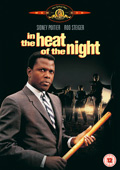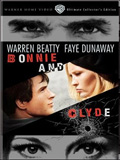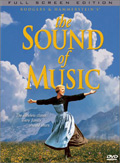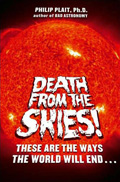
Note: This is #46 in my 52 Classic Movies in 52 Weeks challenge for 2009.
If you’re looking for a good example of a film that represents the cultural zeitgeist (double word score!) of its era, In the Heat of the Night would be a good candidate. It tells the story of Black Philadelphia police detective Virgil Tibbs (Sidney Poitier) who is at first accused murder while passing through a small Mississippi town, then grudgingly recruited by the bigoted local police force to help solve the crime. Along the way, Tibbs –who has a stick up his own bum– has to learn to work with sour and semi-bigoted Police Chief Bill Gillespi (Rod Steiger) while overcoming prejudices of his own.
The movie works well enough as your basic murder mystery, with your list of suspects, motives, forensics technobabble, and detective work. But marbled through all this are unmistakable messages about Black/White relations and bigotry on both sides of the race card. Gillespi and the other police officers are suspicious of Tibbs, who seems disdainful, cold, and uppity. Tibbs, for his part, has a huge chip on his shoulder (albeit for understandable reasons), and does things like let his own preconceptions lead him to mistakenly suspect the town’s biggest racist of the crime. What I like is that it’s largely a movie without clear-cut villains. Well, except the obligatory lynch mob of rednecks wielding baseball bats. They’re clearly villains. And the guy who actually committed the murder that touched this whole thing off. I guess he’s pretty clearly a villain, too. Okay, so so maybe it’s more that it’s a movie without clear-cut heroes. Except that’s not quite it either. Well, you know what I mean. All the heroes are flawed. Or something.








 It’s one of my great shortcomings as a gamer that I never played any of the original Monkey Island adventure games released by Lucasarts in the 1990s. This is a shame, because those games and their
It’s one of my great shortcomings as a gamer that I never played any of the original Monkey Island adventure games released by Lucasarts in the 1990s. This is a shame, because those games and their  A Canticle for Leibowitz by Walter Miller technically fits into the science fiction genre and the post-apocalyptic sub-genre, but at the same time it’s different from other books that might share those classifications. The closest thing to a a main character that spans the book’s considerable timeline is actually a monastery in the blasted remains of the Southwestern United States. The monastery’s order is dedicated to Saint Leibowitz, an electrical engineer who helped establish an movement dedicated to preserving scientific and cultural knowledge in the wake of a cataclysmic nuclear war. Actually, while the nuclear armageddon was bad, the real impediment to civilization’s survival came in the form of “The Simplification” which was a world-wide backlash against all scientific learning that had led to nuclear weapons. Books were burned, knowledge was willfully destroyed, and pretty much anyone who could even read was put to death. Leibowitz, who engaged in “booklegging” in an attempt to preserve human knowledge, was martyred by the “Simpletons” and inspired the same goal in the residents of the monastery featured in each of the book’s three sections.
A Canticle for Leibowitz by Walter Miller technically fits into the science fiction genre and the post-apocalyptic sub-genre, but at the same time it’s different from other books that might share those classifications. The closest thing to a a main character that spans the book’s considerable timeline is actually a monastery in the blasted remains of the Southwestern United States. The monastery’s order is dedicated to Saint Leibowitz, an electrical engineer who helped establish an movement dedicated to preserving scientific and cultural knowledge in the wake of a cataclysmic nuclear war. Actually, while the nuclear armageddon was bad, the real impediment to civilization’s survival came in the form of “The Simplification” which was a world-wide backlash against all scientific learning that had led to nuclear weapons. Books were burned, knowledge was willfully destroyed, and pretty much anyone who could even read was put to death. Leibowitz, who engaged in “booklegging” in an attempt to preserve human knowledge, was martyred by the “Simpletons” and inspired the same goal in the residents of the monastery featured in each of the book’s three sections.





















